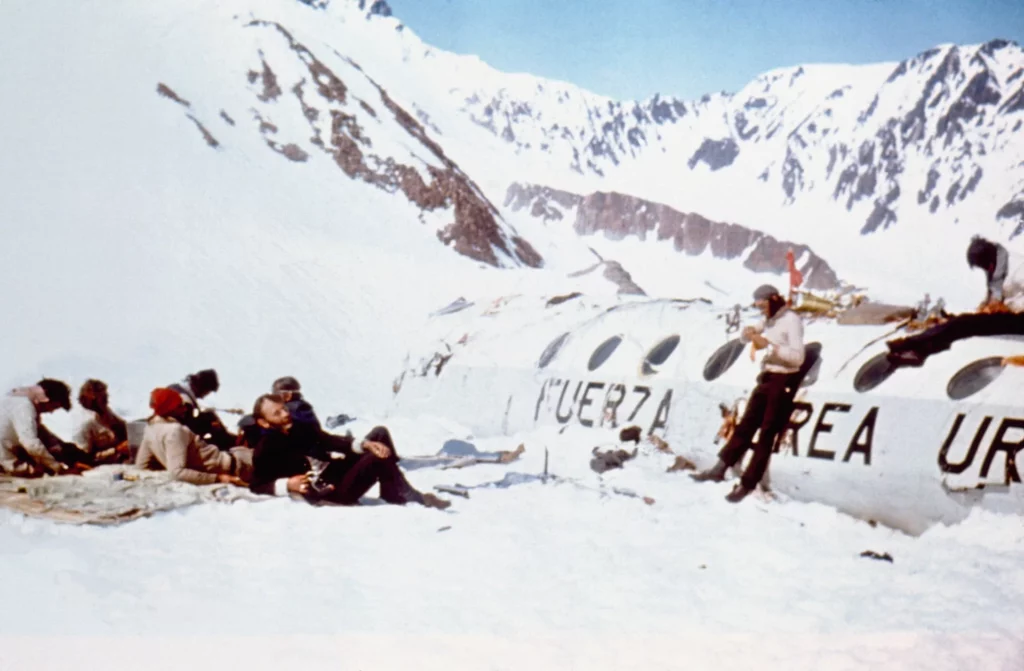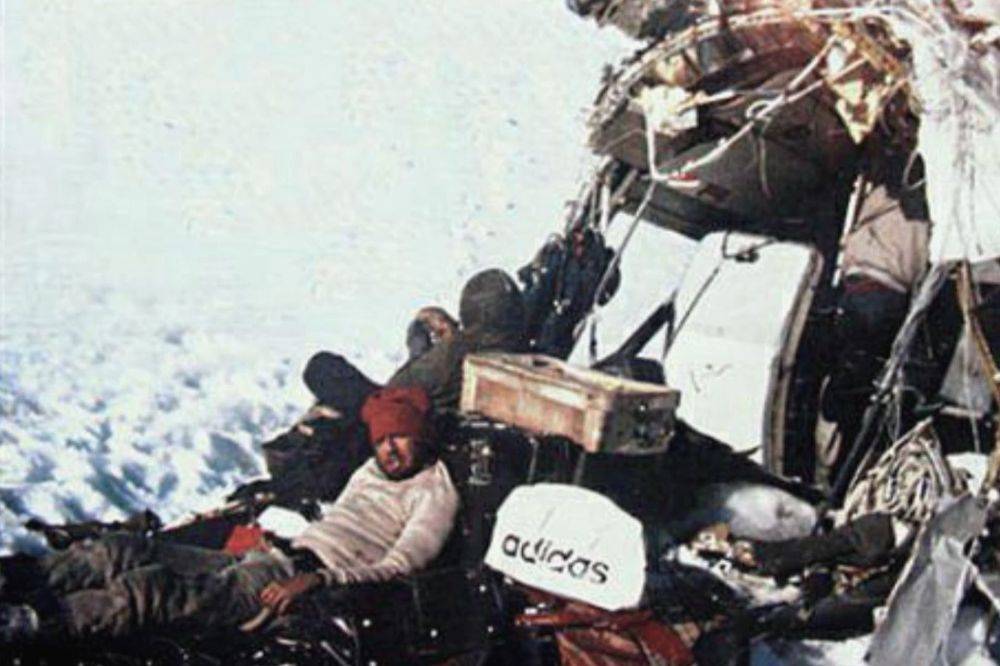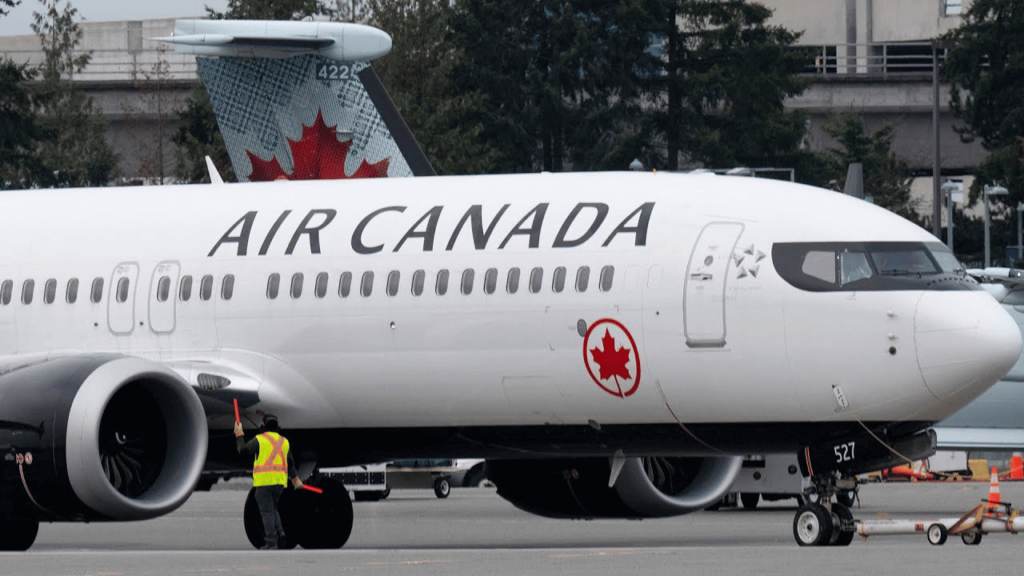In the annals of aviation history, the 1972 Andes Plane Crash remains one of the most harrowing tales of survival against all odds. The ordeal faced by the survivors, immortalized in the movie “Society of the Snow” directed by J.A. Bayona, continues to captivate the world. This article delves into the story of the survivors of the Andes Plane Crash and explores their lives today.

Andes Plane Crash Survivors Cannibalism
The Andes Plane Crash survivors of 1972 faced a harrowing ordeal, documented in the film “Society of the Snow.” Stranded in the Andes Mountains, extreme conditions forced them to make an unimaginable choice—resorting to cannibalism for survival. This grim reality, portrayed vividly in the movie, sheds light on the lengths individuals will go to endure in the face of adversity.
The survivors’ resilience and the formation of the “Society of the Snow” stand as a testament to the enduring bond forged through shared suffering. Decades later, their story remains a poignant reminder of the indomitable human spirit and the lengths people can go to overcome the most challenging circumstances.
Survivors 1972 Andes Plane Crash
The survivors of the 1972 Andes Plane Crash, a fateful event etched into aviation history, endured unimaginable challenges in the harsh terrain of the Andes Mountains. Following the crash of Uruguayan Air Force Flight 571, the group faced freezing temperatures, starvation, and isolation.
Stranded in the unforgiving landscape, they confronted life-or-death decisions, including resorting to extreme measures for sustenance. Their gripping tale, depicted in various media, reveals the psychological and physical trials they overcame.

Decades later, the survivors have moved beyond the shadows of that tragic event, showcasing remarkable resilience and strength. Some have become advocates for mental health, sharing their experiences to inspire others.
The formation of a community, colloquially known as the “Society of the Snow,” attests to the enduring bond forged through shared adversity. Despite the passage of time, the survivors’ story serves as a testament to the human capacity for survival and the unyielding spirit that emerges from the darkest moments.
Survivors of Andes Plane Crash
The survivors of the Andes Plane Crash in 1972 faced a profound and enduring test of human resilience. After the tragic crash, these individuals confronted extreme conditions and insurmountable odds in the unforgiving Andes Mountains. Stranded and isolated, they were forced to make life-altering decisions, grappling with the harsh realities of survival.

Decades have passed since that harrowing experience, and the survivors have gone on to rebuild their lives, demonstrating remarkable strength and perseverance. Their collective journey has given rise to a community known as the “Society of the Snow,” a symbolic association that reflects the shared bond forged through adversity.
While the memories of the crash remain a part of their collective history, the survivors’ ability to move forward and support one another stands as a testament to the human spirit’s resilience in the face of unimaginable challenges.
Air Canada Passenger Opens Cabin Door
A recent incident has underscored the unpredictable nature of air travel when an Air Canada passenger opened the cabin door mid-flight, causing panic and posing a severe safety risk. The alarming event occurred at Toronto Airport, resulting in the passenger falling off the plane after opening the cabin door. Prompt apprehension followed this breach of safety protocols.
This incident serves as a stark reminder of the critical importance of stringent safety measures and passenger vigilance during air travel. The potential consequences of such actions are not only dangerous for the individual involved but also for all passengers and crew on board.

Authorities and airlines must continuously prioritize and enhance safety protocols to prevent such occurrences and ensure the well-being and security of everyone on board. As passengers, it is crucial to remain alert and adhere to established safety guidelines, contributing to the overall safety and security of air travel.


